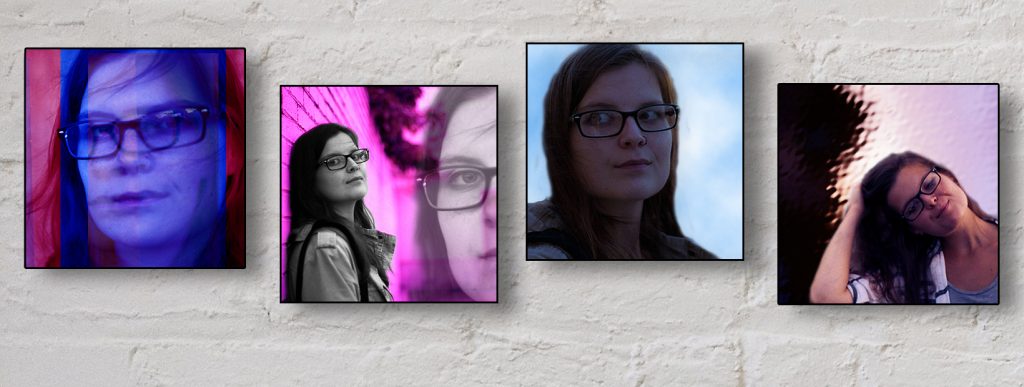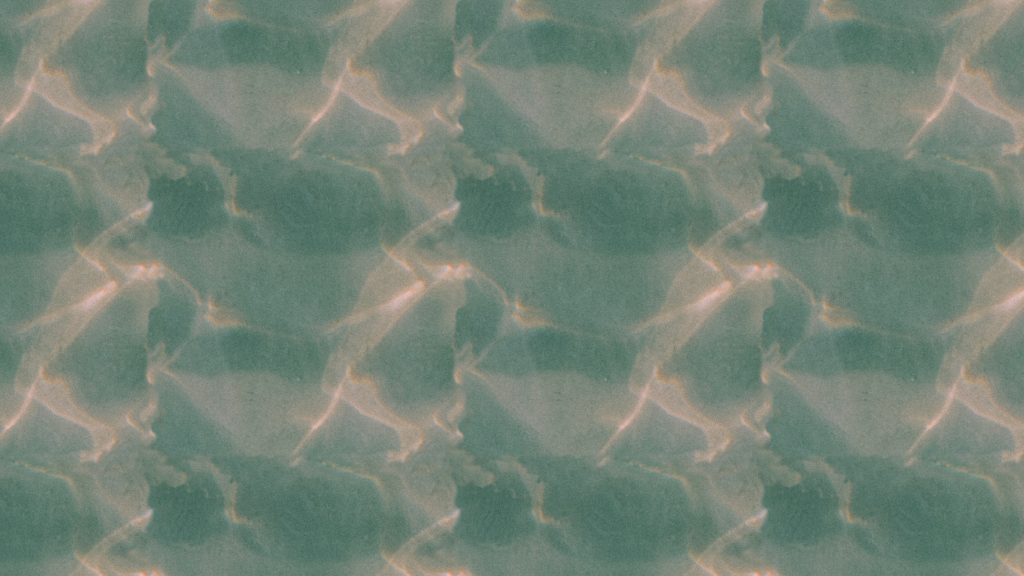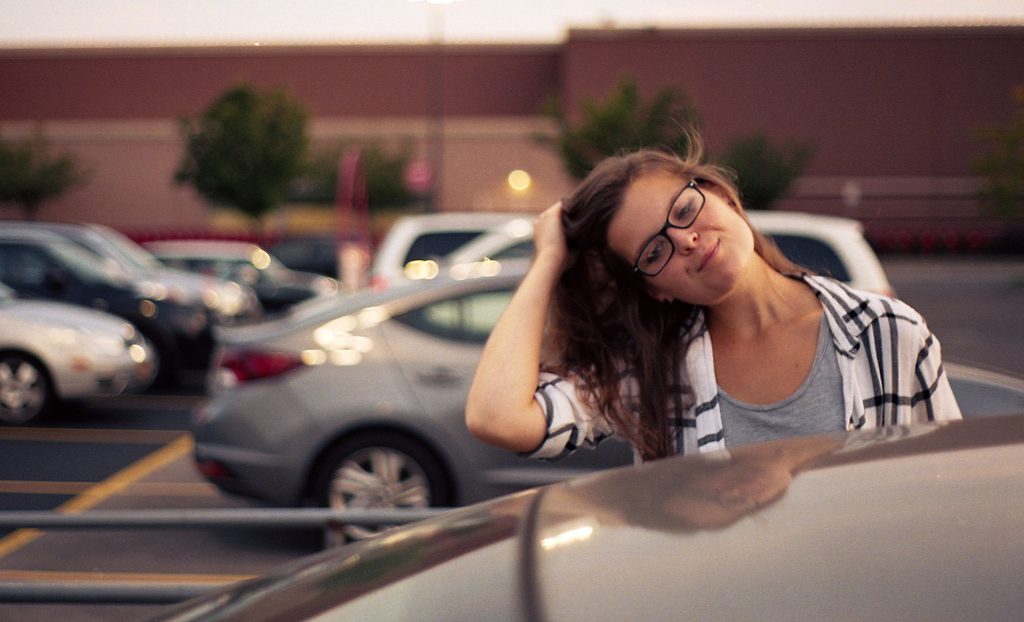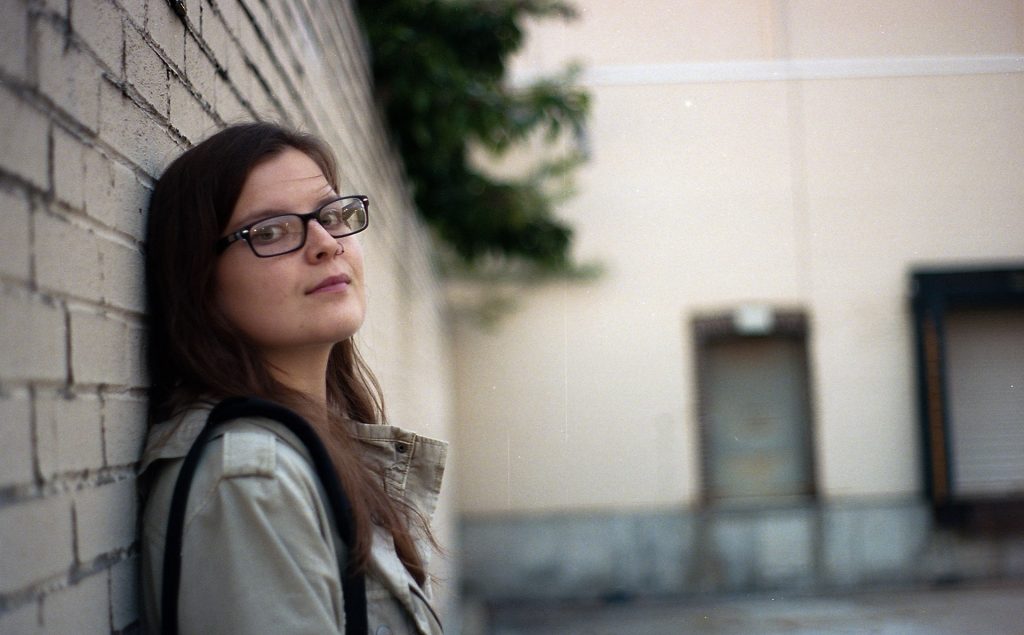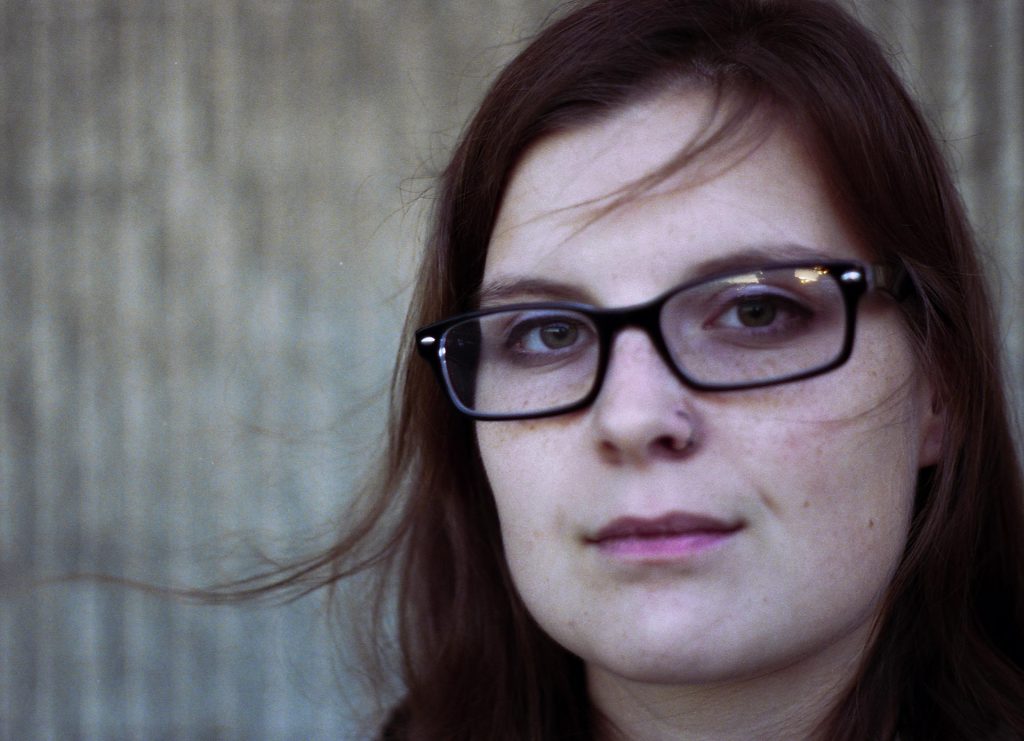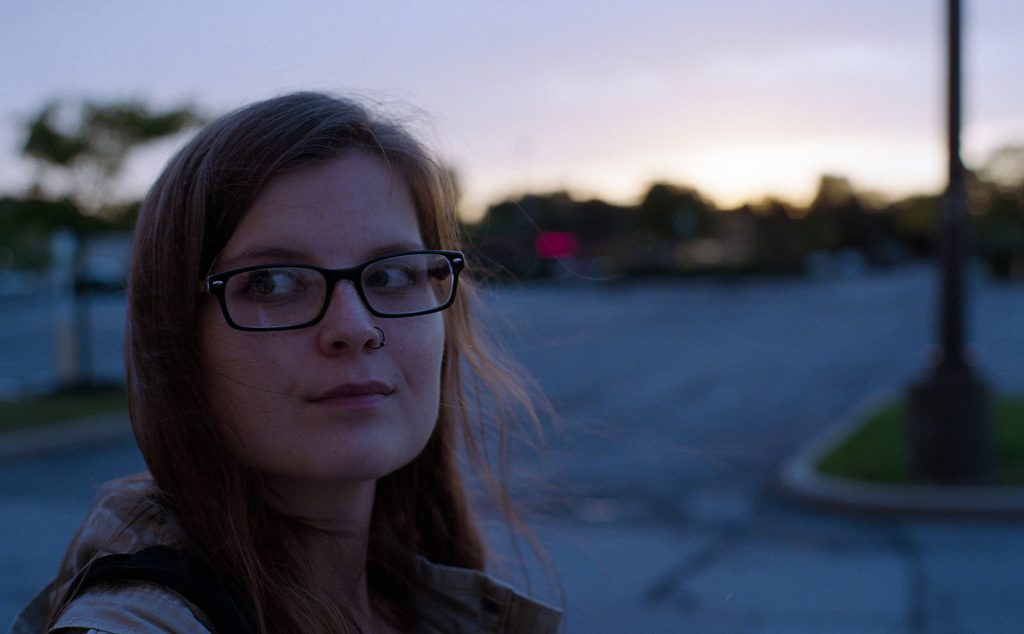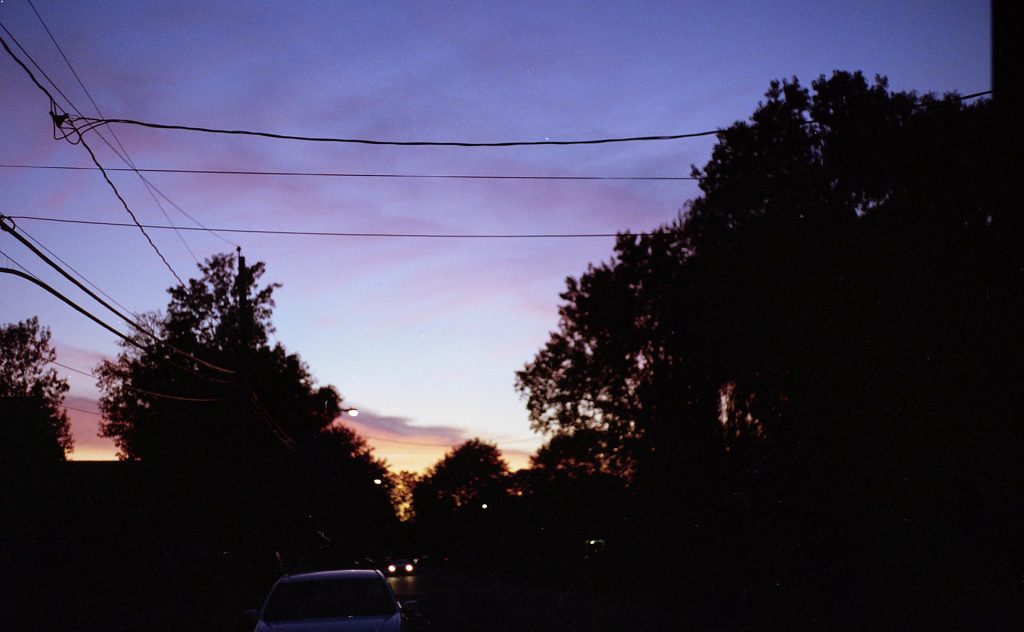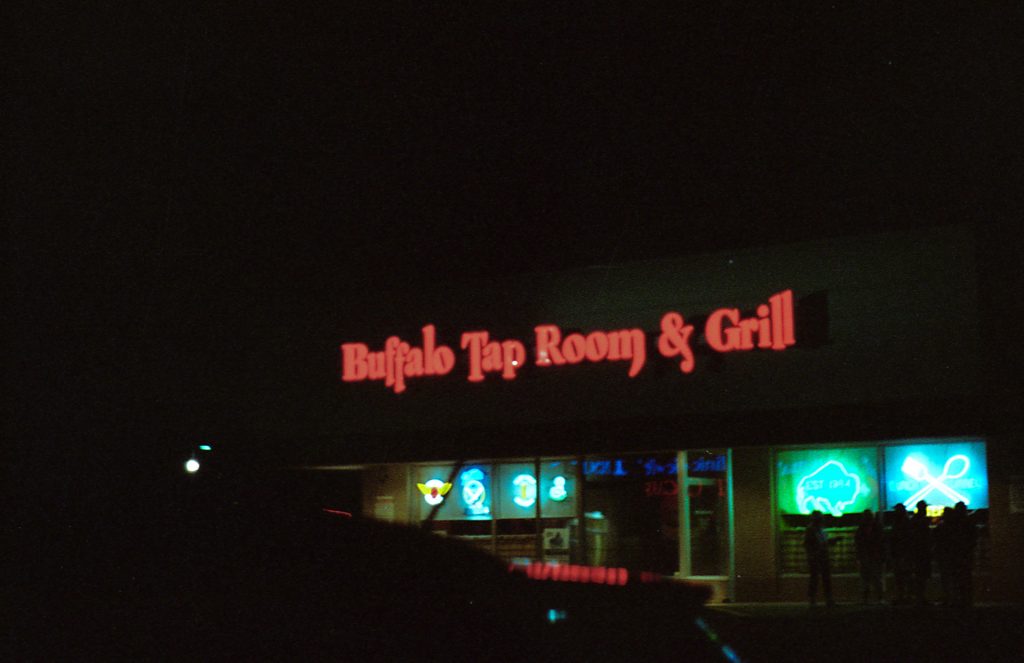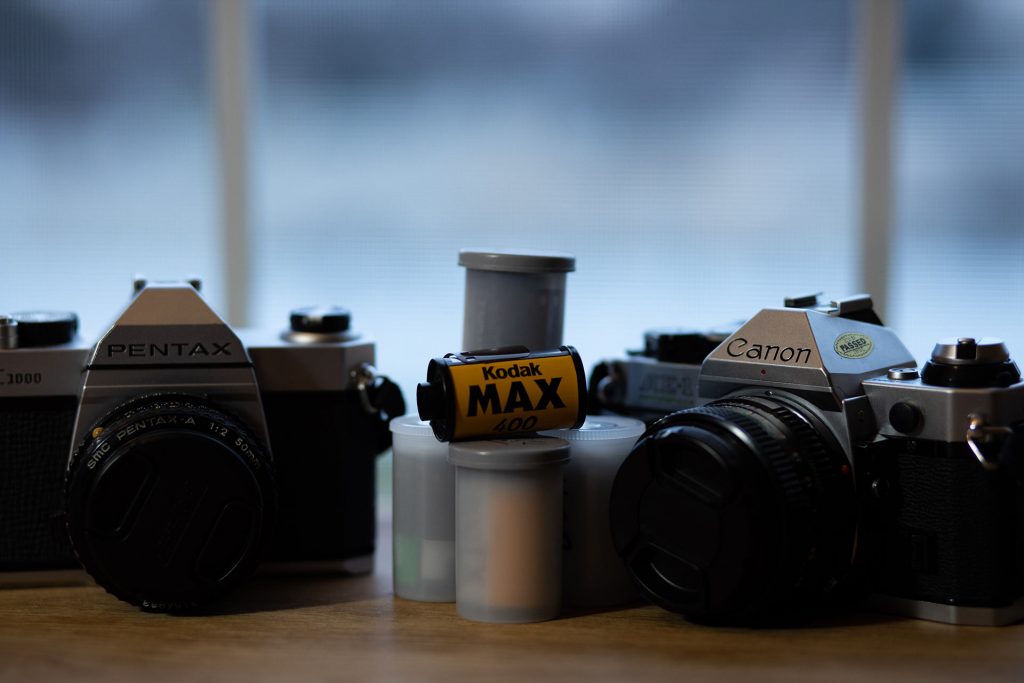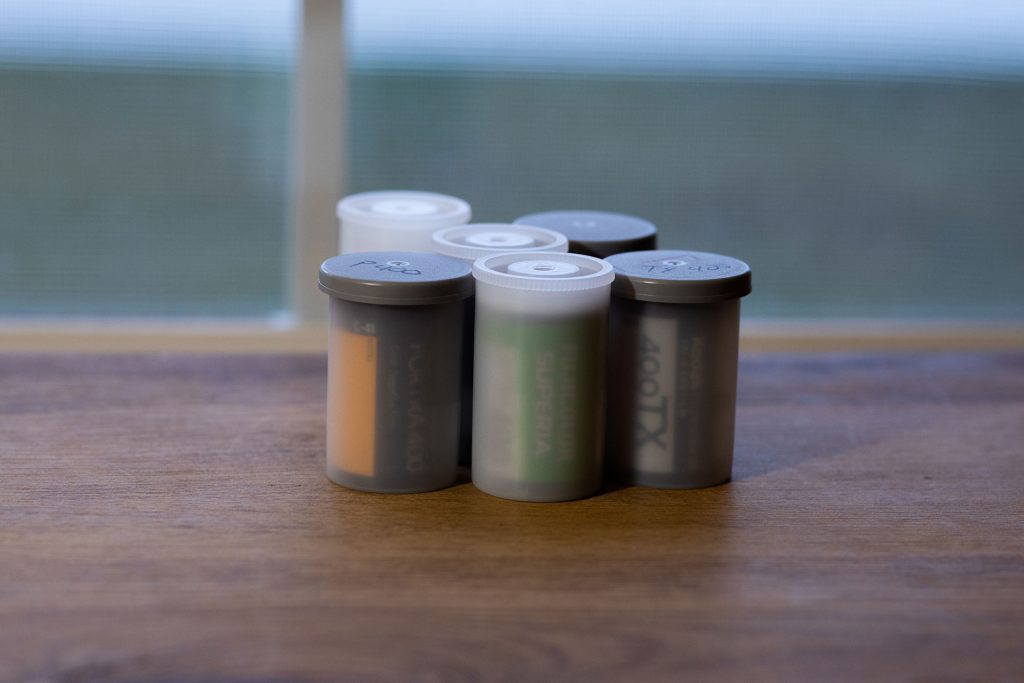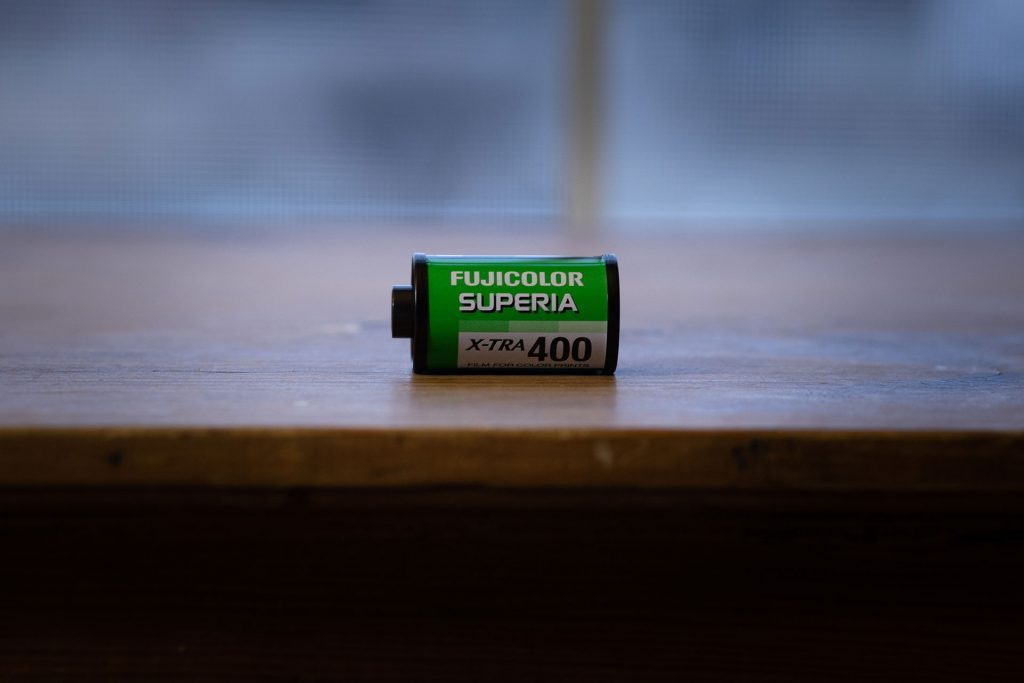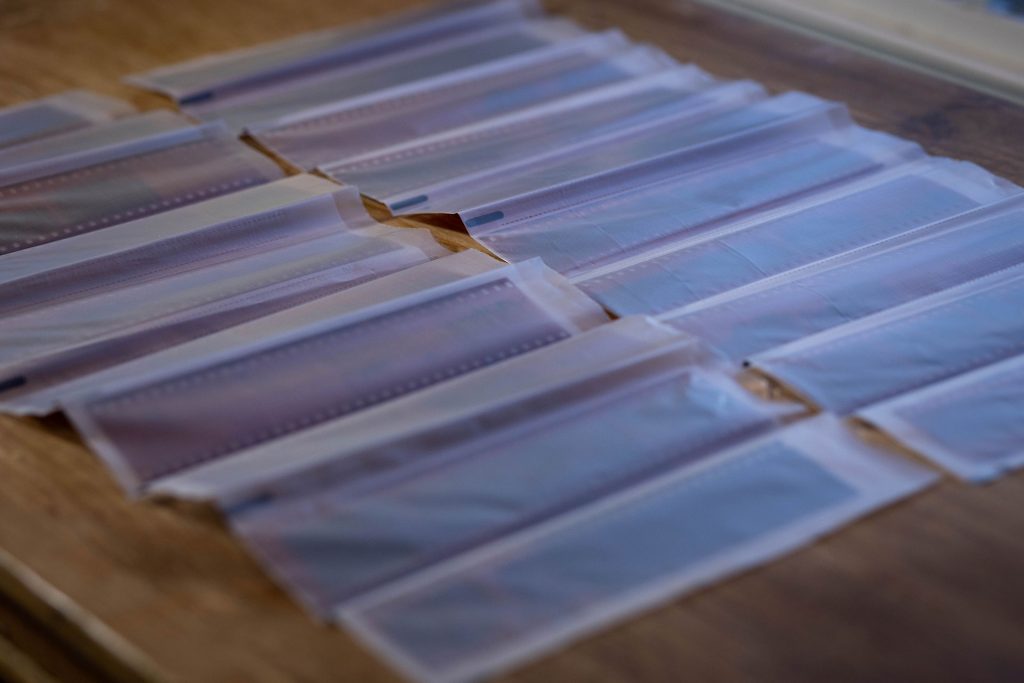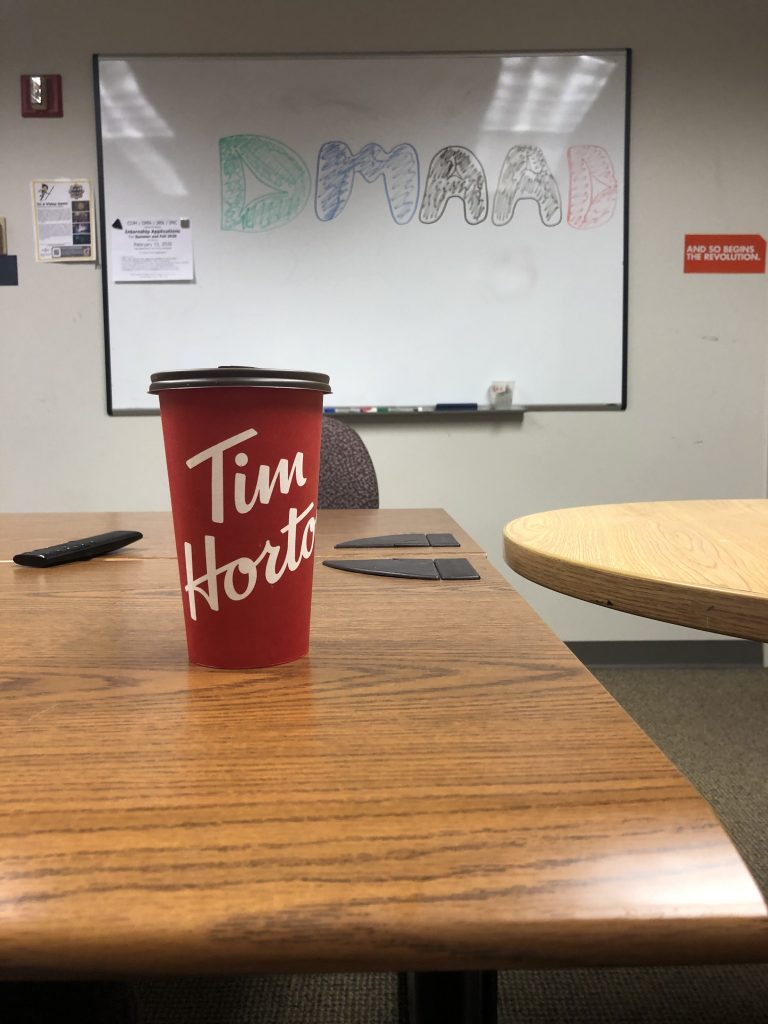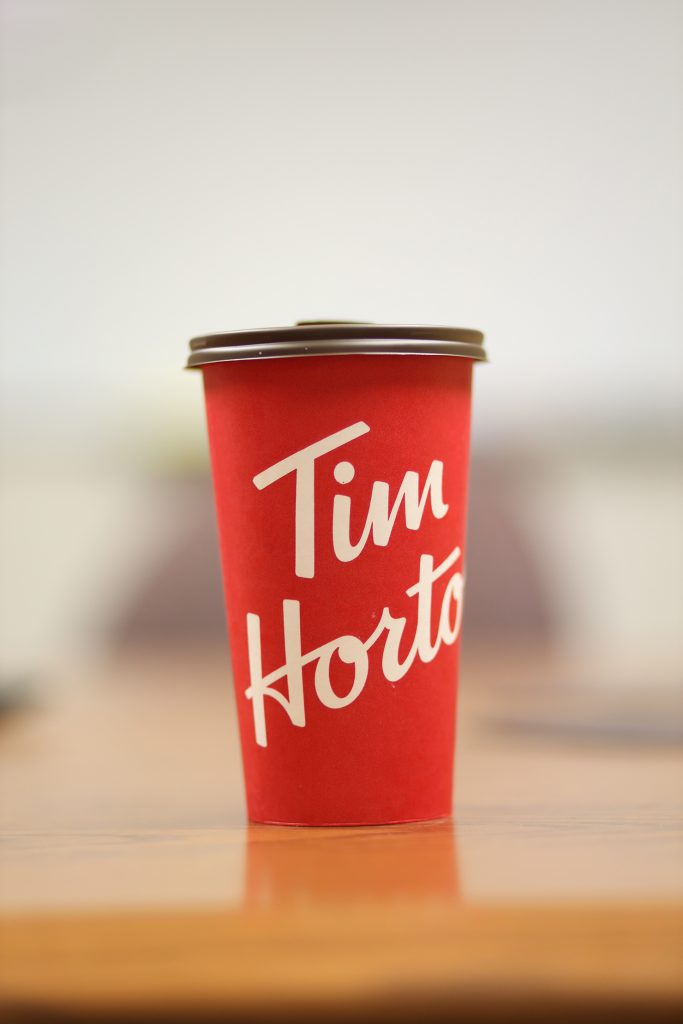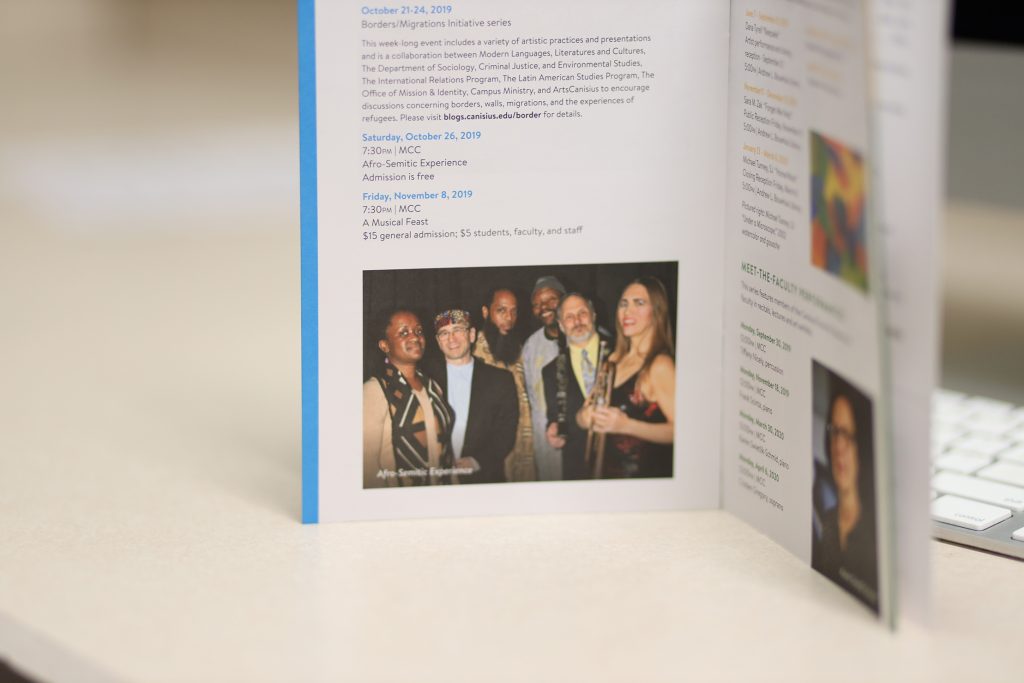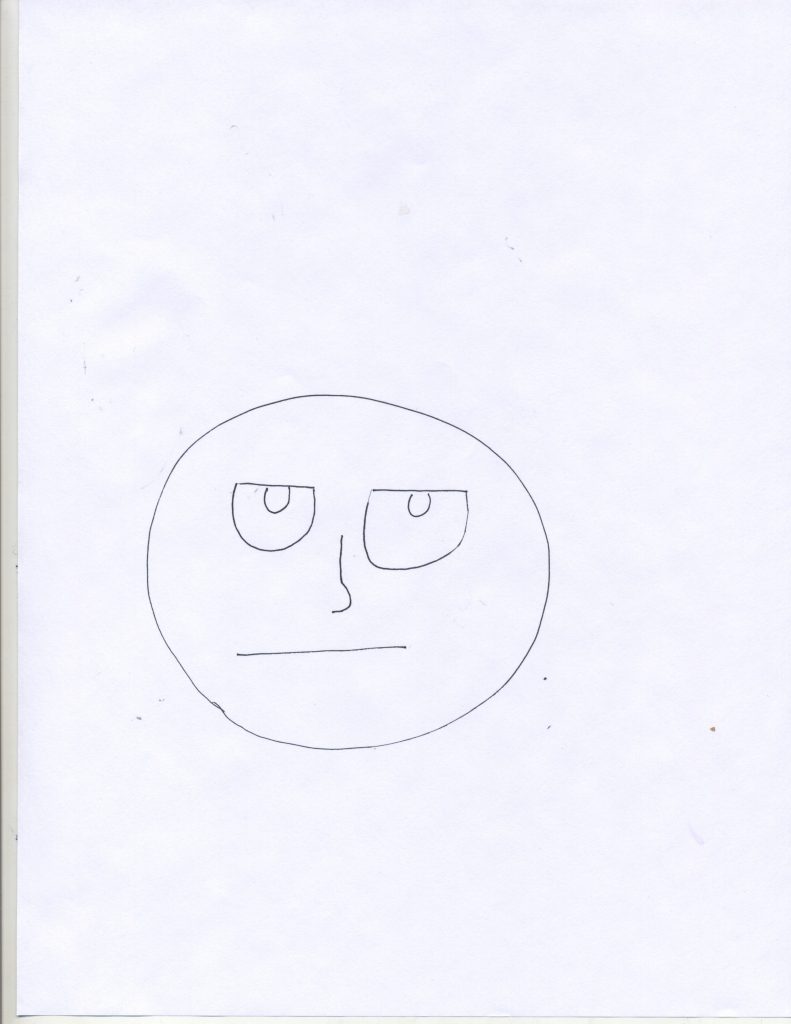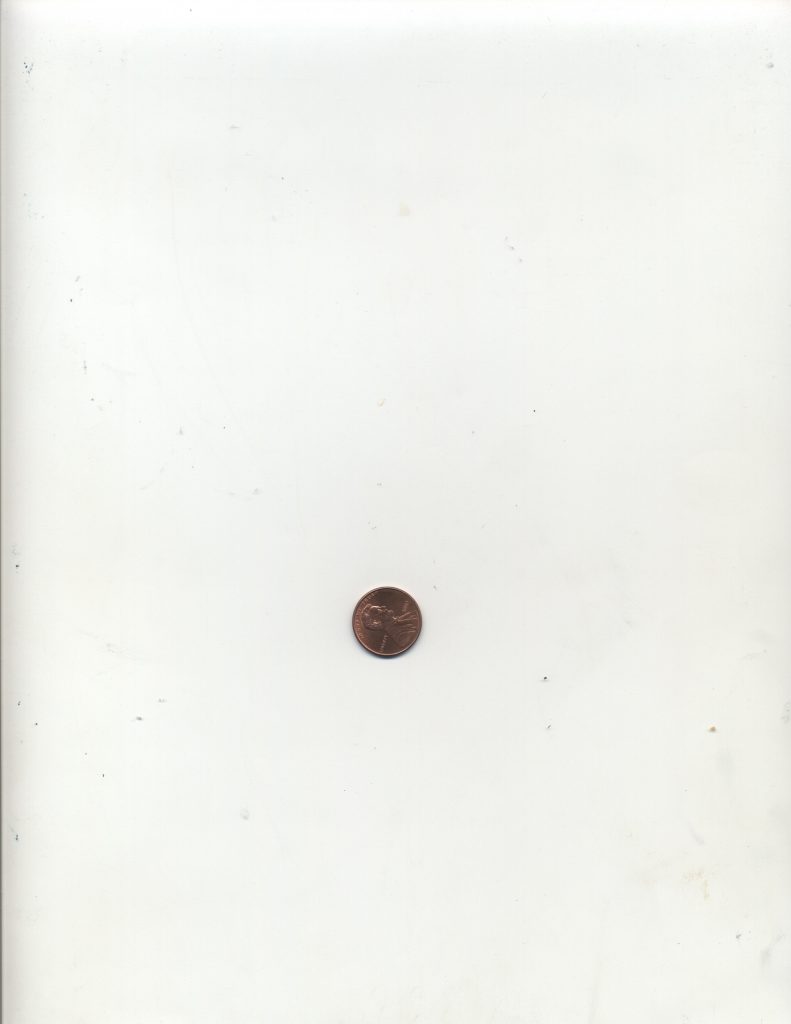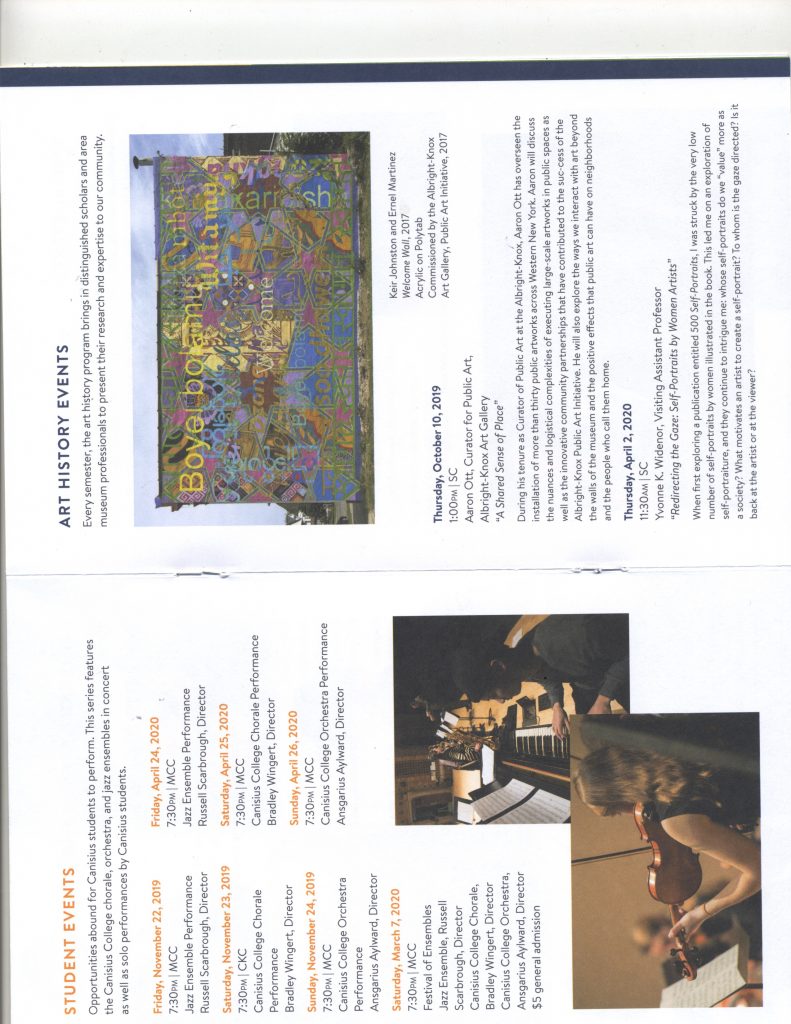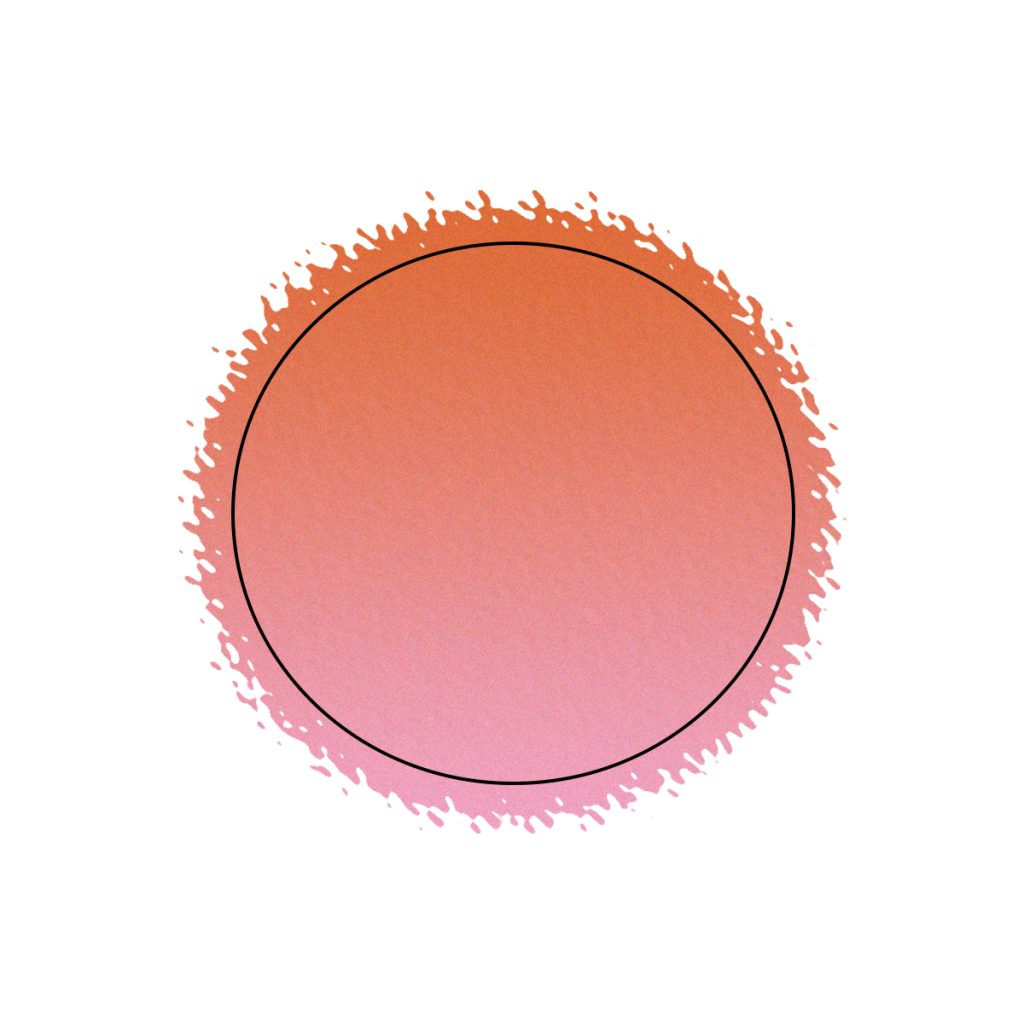To start, the project you will be viewing here is still very much a work in progress. I am still working at the placement and prioritization of the many roads present on my map, and still have some areas to fill out and touch up. With that said, I will explain how I have gotten as far as I have.

In deciding on my city, I picked Hong kong, this being because I wanted to fina a way to link this project creatively to a cinematic tradition that I am particularly fond of. I thought of Hollywood, South Korea, and even New York City, but ultimately I decided on Hong Kong because of a specific director: Wong Kar-Wai. Known for his masterful use of color, I felt Hong Kong would be the perfect subject because I pull a color scheme write from one of my favorite films: “Chungking Express.” And that’s exactly what I did.
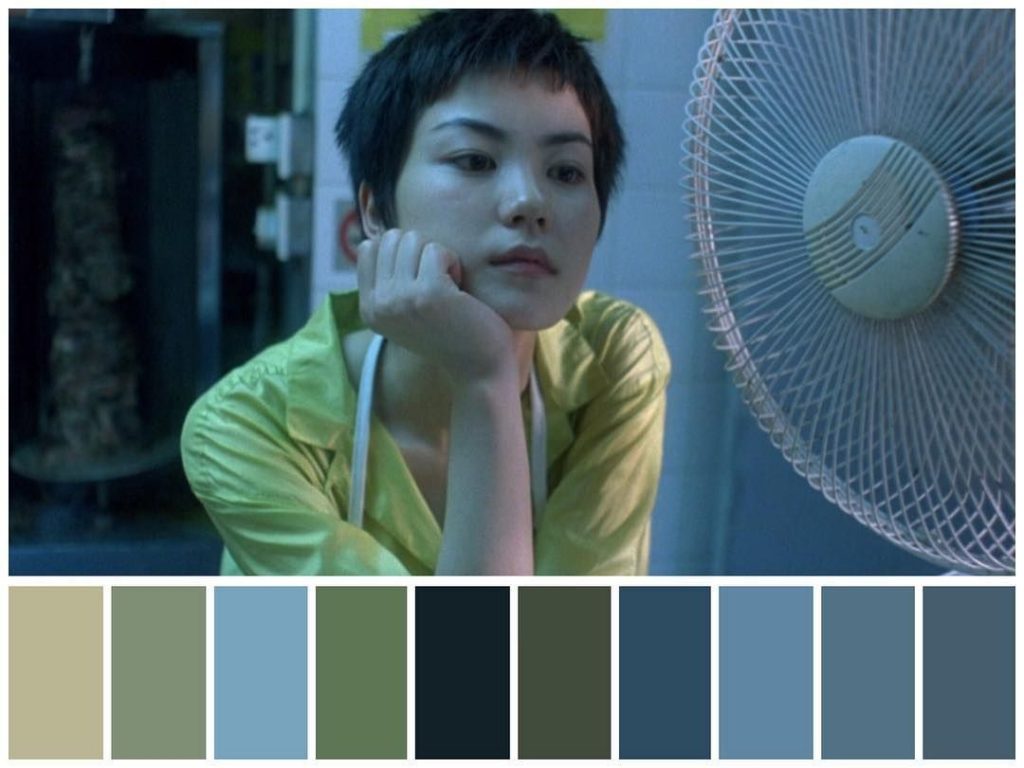
This above shot served as the inspiration for my color palette, now I didn’t pull every single color frrom the above palette, it was the general spectrum from which I created my palette.
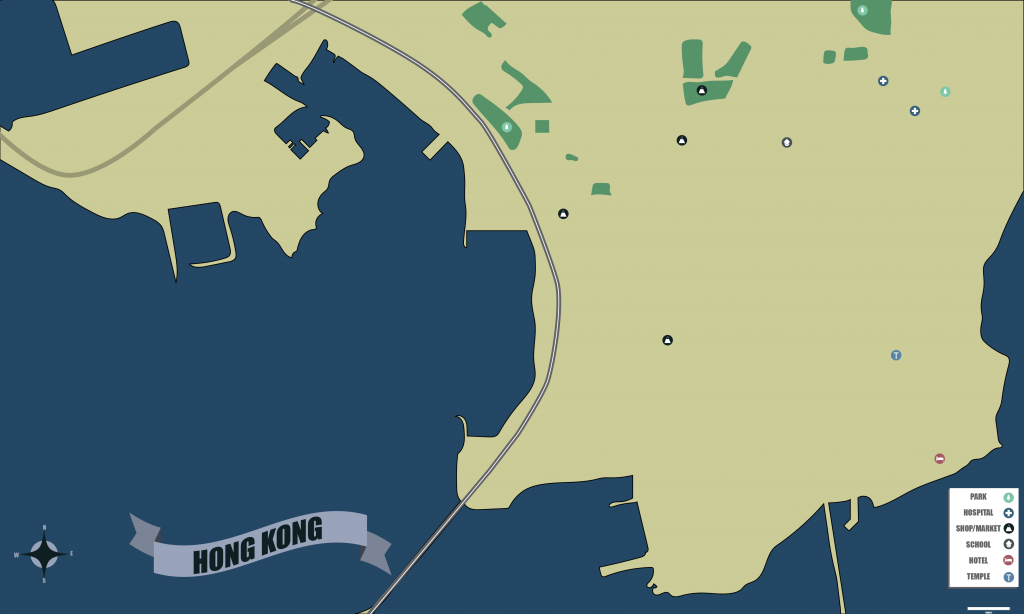
Now as I said, this is far from complete, I still have areas to outline, and decisions to make regarding the complex system of roads, and the labeling is unfinished, but I am saving that to go along with the way I set the roadways. At present moment this is the biggest challenge I’m facing, I already know that I will be singling out the highways, but there are many ways that I can go with the roads.
Further I also acknowledge the map may be slightly too far to discern the text and symbols, so I aim to complete the map, as I have committed too much to this specific perspective, and then enlarge after the fact in order to make it more clear. For the purpose of this post I have enlarged the symbols so they can be more easily discerned.

All in all I think this still needs a lot of work, and the roads and areas should help fill out the land that’s as yet empty.
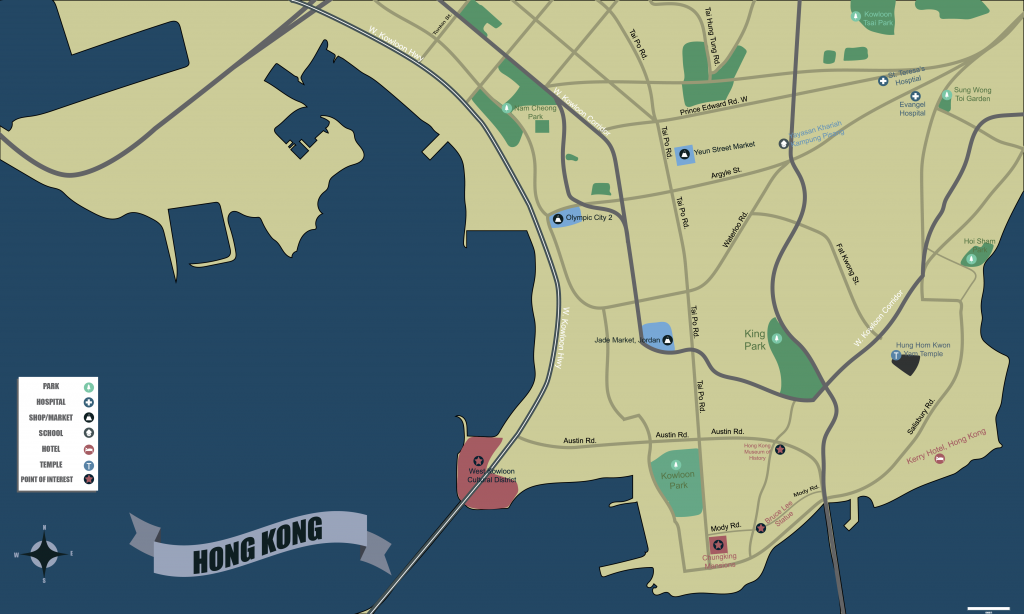
Above is the final rendition of my map of Hong Kong, following some of the advice I received, I focused less on the complex system of roads, and tried to seek out certain cultural locations, or locations that might have some significance in reference to the film from which I took my color palette. Notably I located the Chungking Mansions, which were the inspiration for the film that inspired my map. Furthermore I created an additional symbol for general points of interest throughout the city.
In retrospect, the one thing I might change would be the scale of the map itself, I think it would’ve served my goals better to hone in on the southern peninsula specifically, where much of the cultural aspects of Hong Kong are located, which would’ve given me a better opportunity to focus on those cultural aspects.
